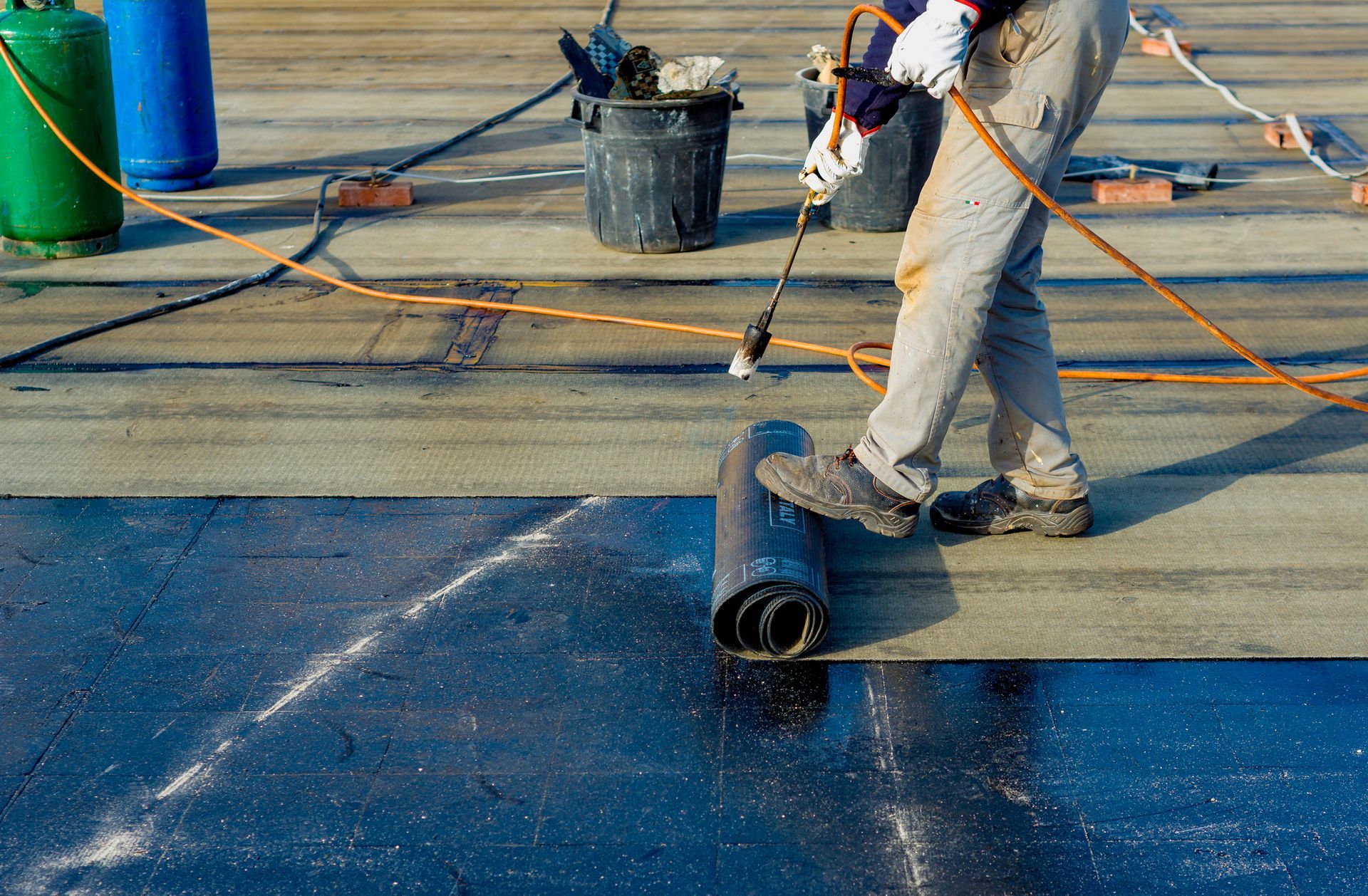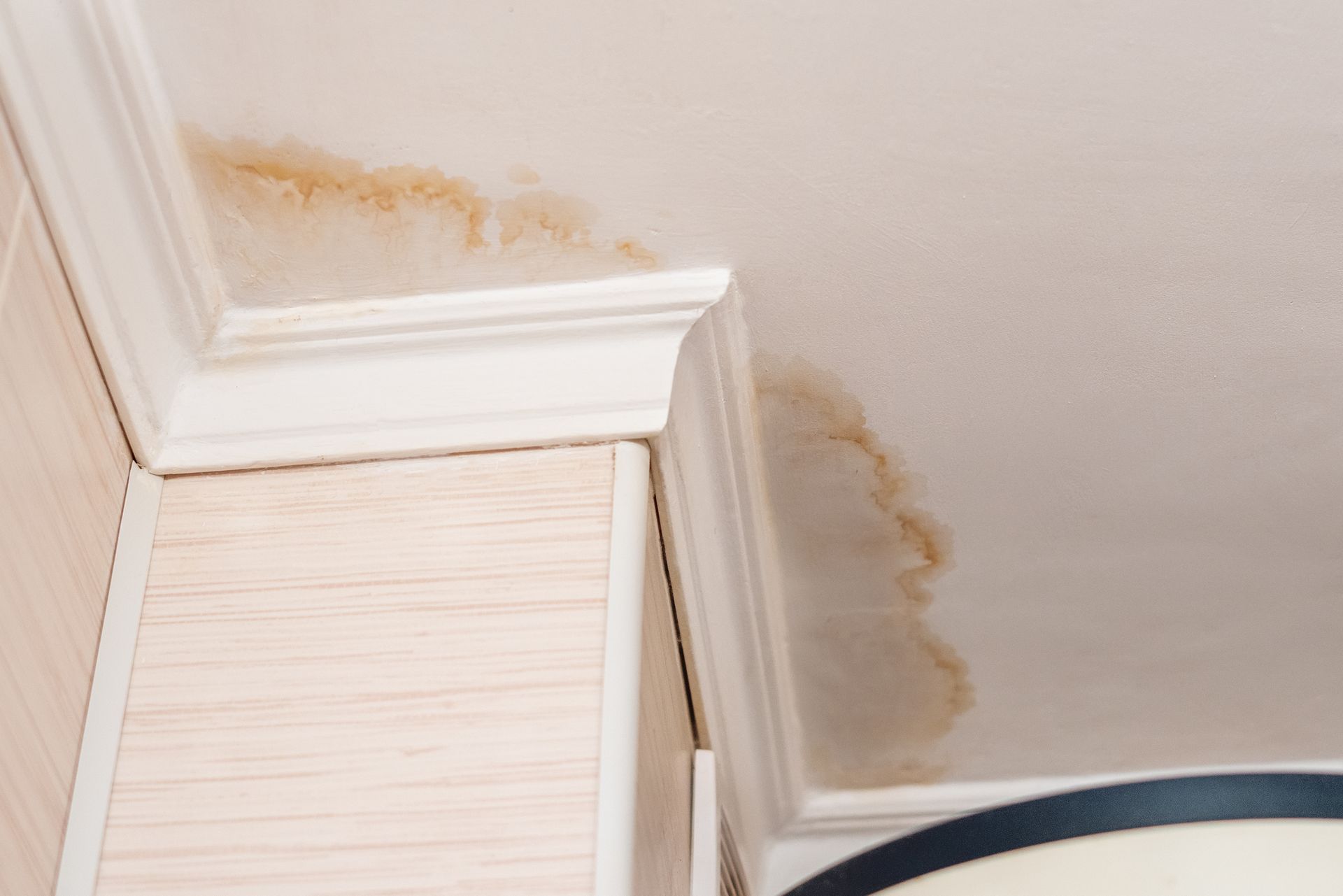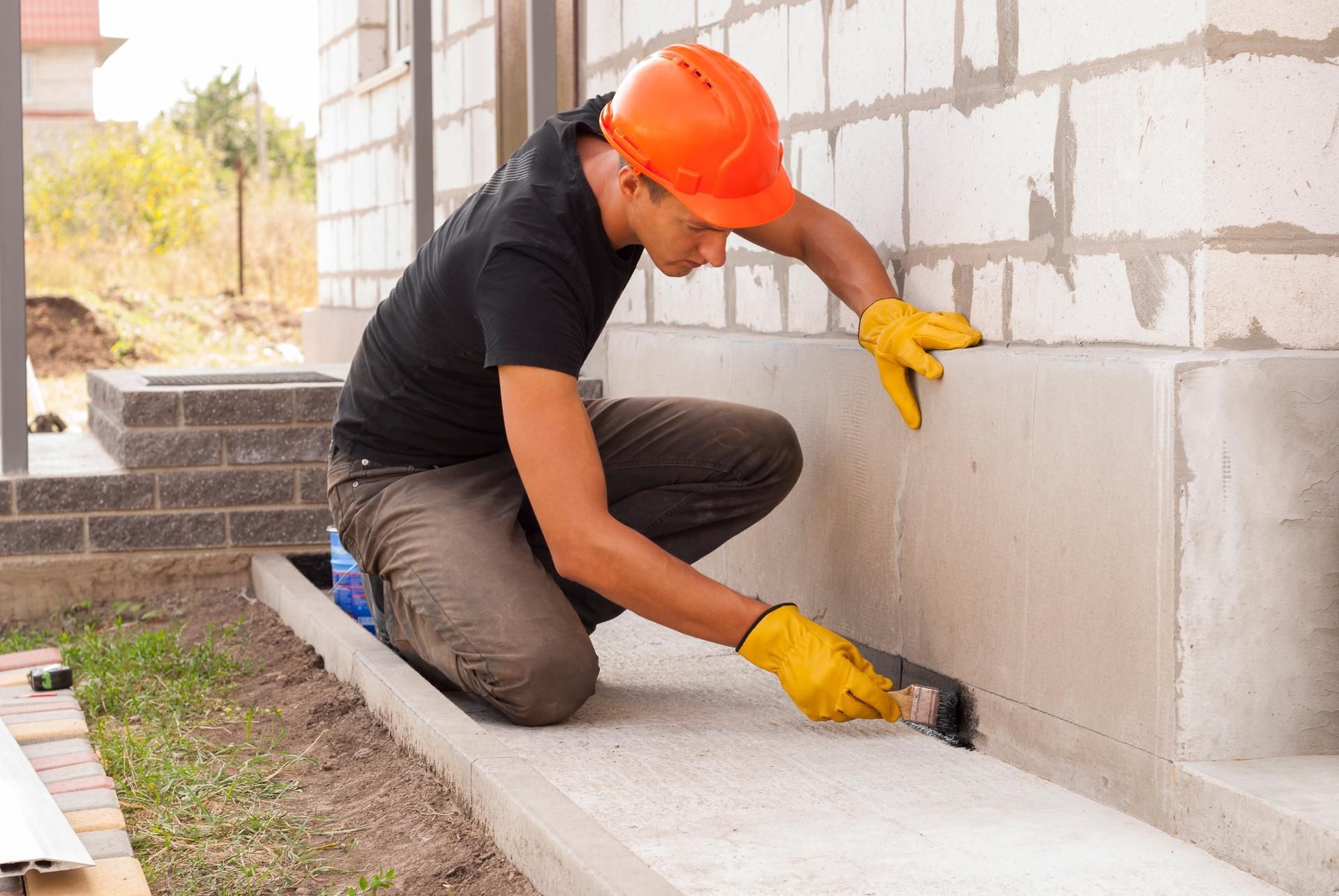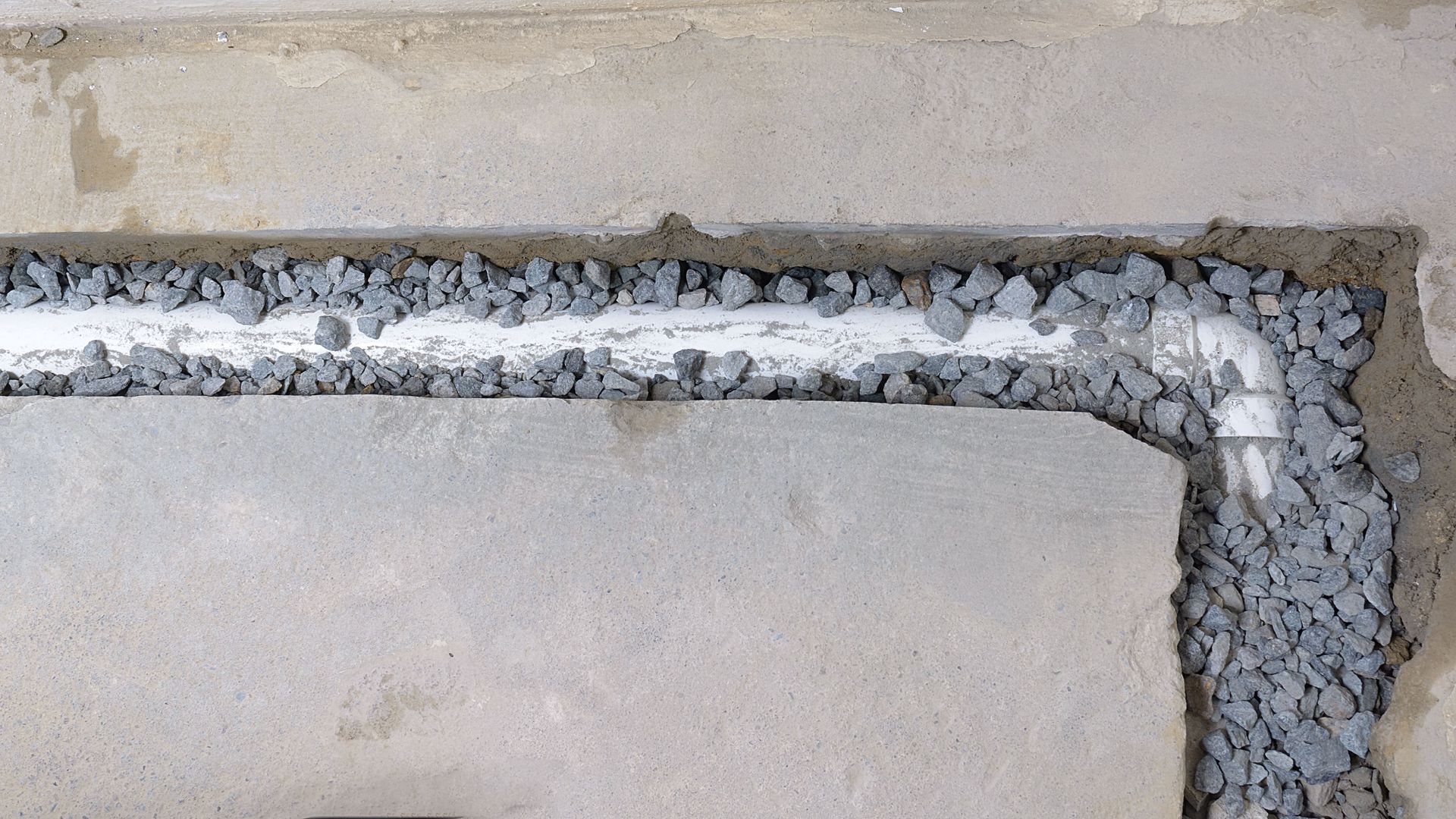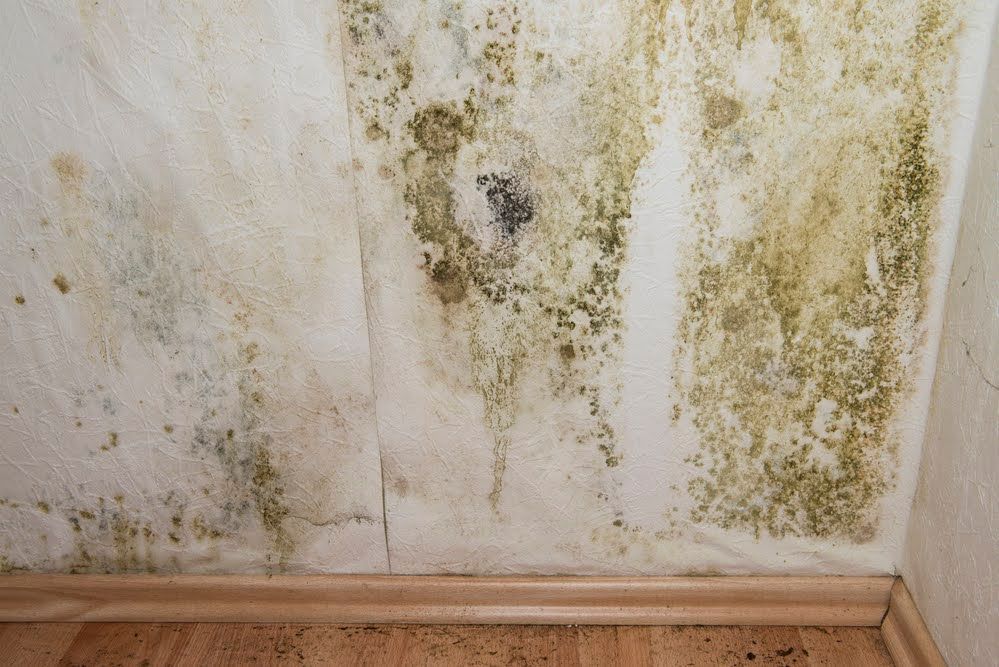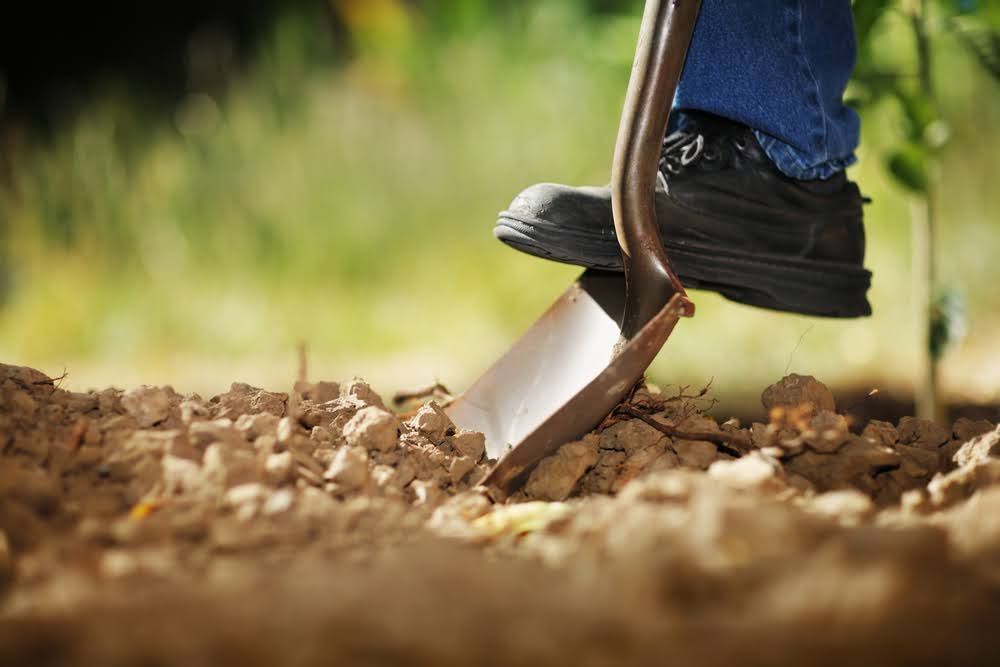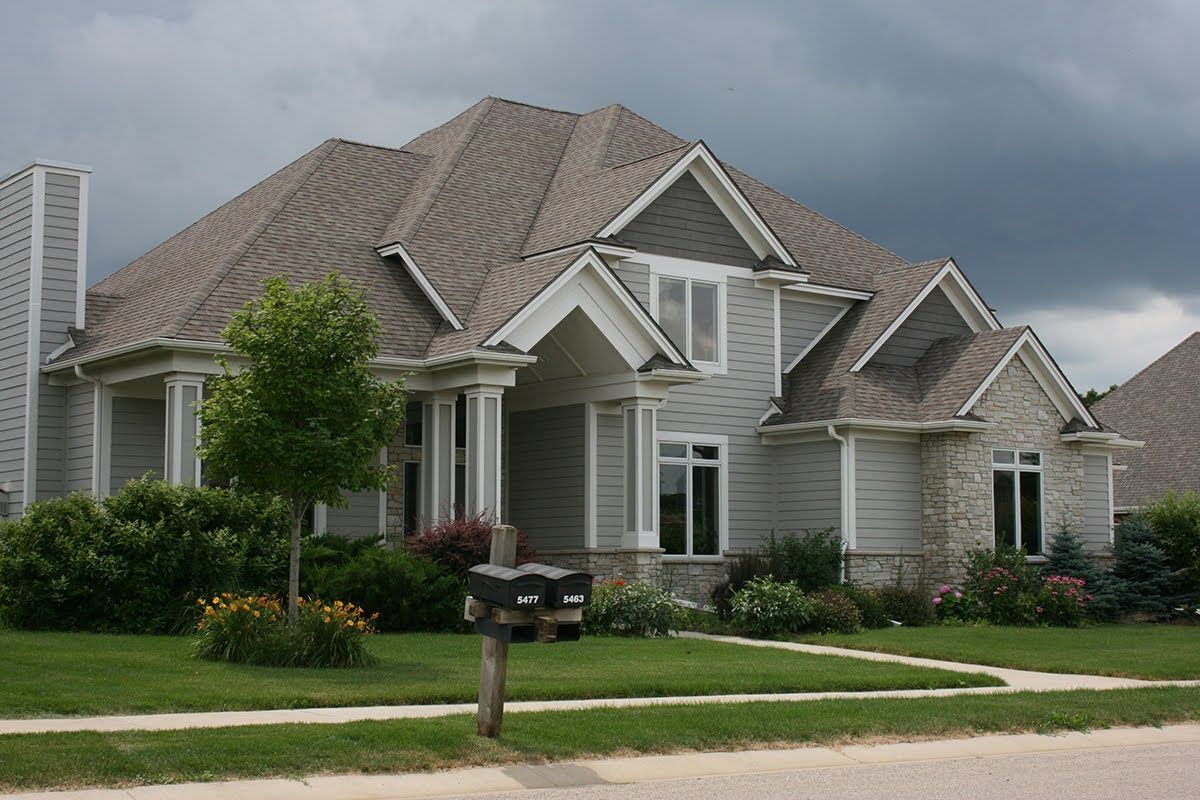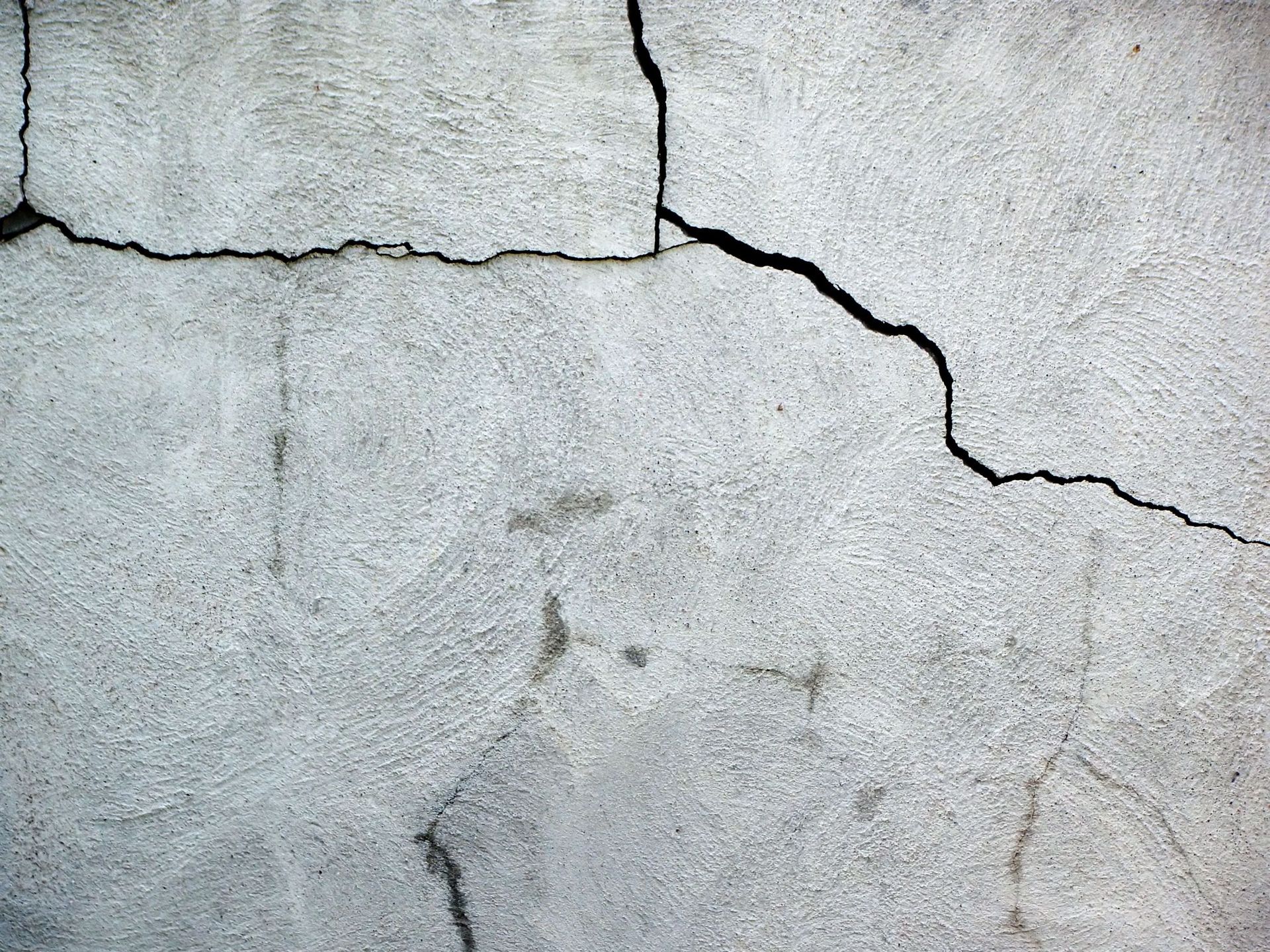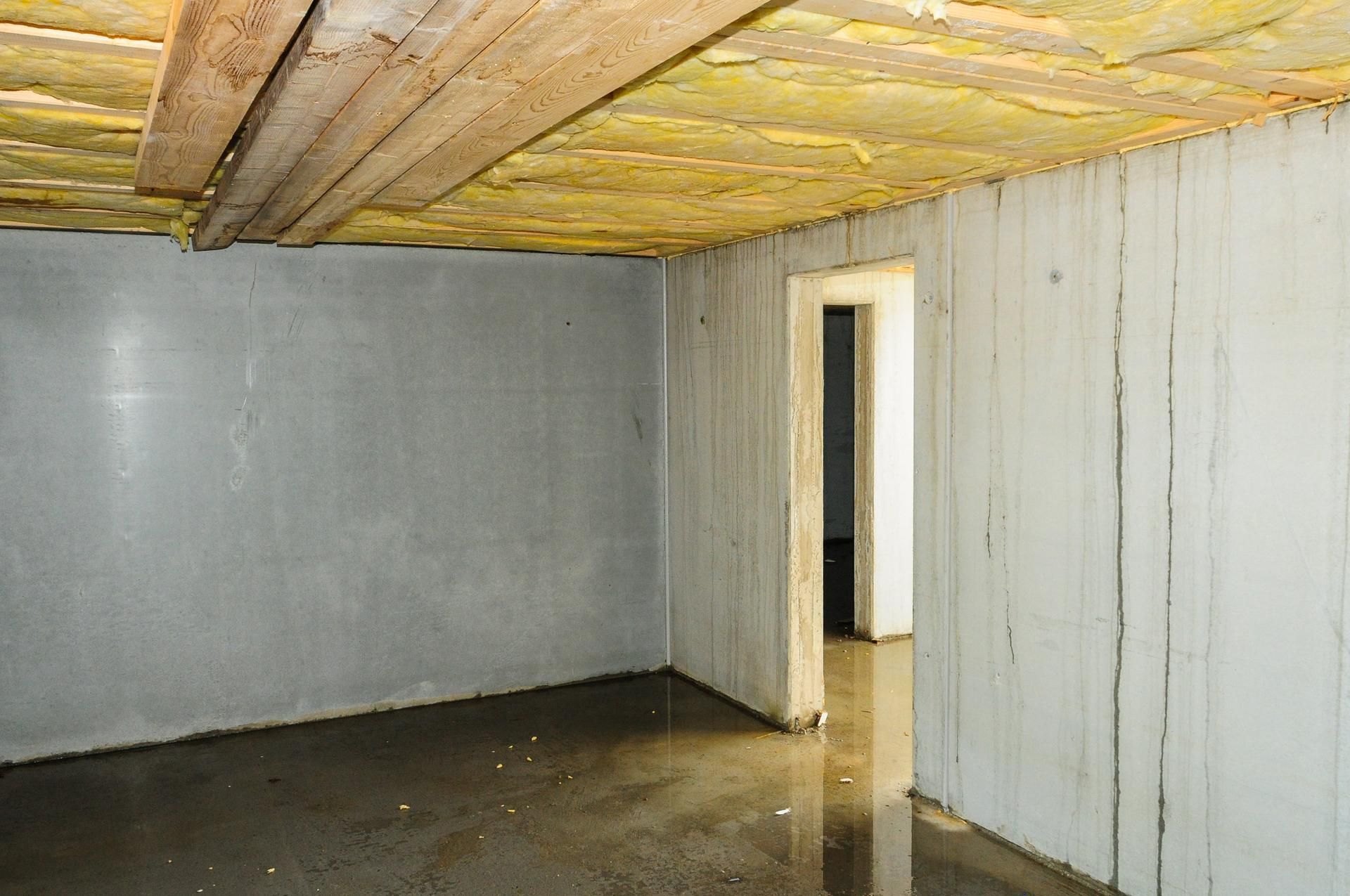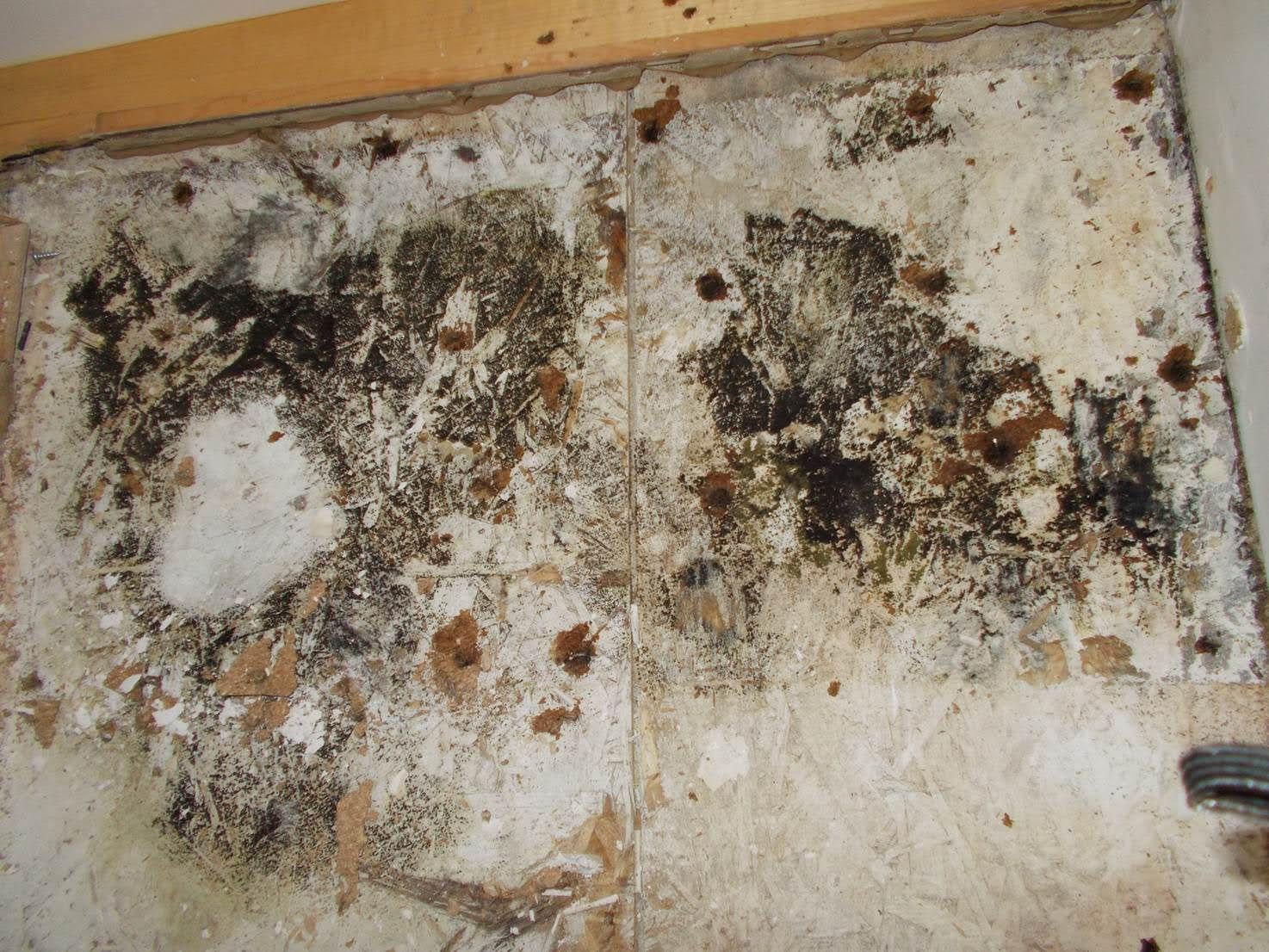The Dos and Don'ts of Waterproofing Basement Walls
Waterproofing your basement is essential to protecting your home from water damage. But there are a few things you should do – and a few things you shouldn't do – when waterproofing your basement. In this article, we'll go over the dos and don'ts of waterproofing your basement so you can ensure you're doing it right.
Do: Determine the Source of the Water
The first step in waterproofing your basement is determining the water's source. Water can enter your basement in several ways, so you need to find the source of the water and address it. For example, water can enter your basement through cracks in the foundation, gaps around pipes, or through the window wells.
You can determine the source of the water in the following ways:
- Look for water stains on your walls or floor. Water stains can be a telltale sign of where water is coming in.
- Check for cracks in your walls or floor. Cracks can also be an indication of where water is coming in.
- Have a professional come and inspect your basement. A professional will be able to determine the source of the water and give you specific recommendations on how to fix it.
Once you've determined the source of the water, you can take steps to fix it.
Do: Repair Any Cracks or Holes in Your Basement Walls Before Waterproofing Them
If you have any cracks or holes in your basement walls, you should repair them before waterproofing the walls. Waterproofing will not fix cracks or holes, and it will only serve to create a barrier over them. This barrier will eventually break, and water will seep through.
You can repair the cracks or holes in your basement walls by using a patching compound, applying a layer of drywall, or hiring a professional to repair the cracks and holes.
Do: Take Steps to Keep Water Away From Your Basement
One of the best ways to waterproof your basement is to take steps to keep water away from your home. This can include redirecting downspouts away from your home, grading the ground around your home so it slopes away from your foundation, and repairing any leaks in your gutters.
Don't: Forget to Address Window Well Leaks
If you have window wells, you must ensure they are properly sealed. Water can leak into your basement through window wells, so you need to address any leaks.
You can seal a window well by applying a sealant to the inside and outside of the window well and covering the window well wind a window well cover.
Don't: Use a Sealer That Is Not Specifically Designed for Basement Walls
When selecting a waterproofing sealer for your basement walls, make sure you choose one that is specifically designed for basement walls to get the best results. Several sealers are on the market, but not all of them are intended for use on basement walls.
Don't: Apply a Sealer to the Inside of Your Home Without Also Sealing the Outside
If you only apply a sealer to the inside of your home, water can still seep in from the outside. Make sure you use the sealer inside and the exterior of your home to create a barrier that will keep water out.
Don't: Forget Interior Drainage Solutions
In addition to taking steps to keep water from getting into your basement in the first place, you also need to have a plan for dealing with water that does get in. Interior drainage solutions will help remove water entering your basement, so it doesn't cause damage. Some standard interior drainage solutions include sump pumps, French drains, and interior drain tiles.
Waterproofing your basement is essential to protecting your home from water damage. By following the advice in this article, you can be sure you're waterproofing correctly. If you need waterproofing services for your home, consider Central Penn Waterproofing. We're a licensed full-service waterproofing company that can help you with any waterproofing problem you might have. Contact us today to get started.


